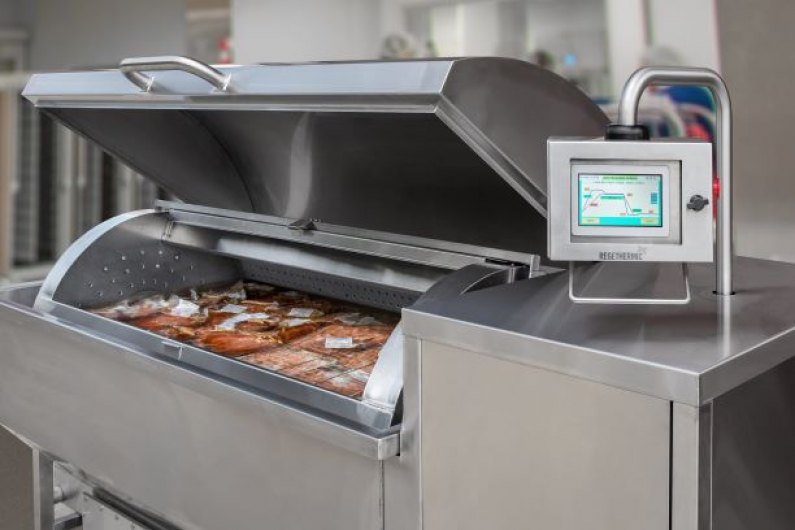The Process of Pasteurisation
4 January 2019

Thermal pasteurisation is a balance of the correct temperature combined with the appropriate time, used with the appropriate packaging material to provide the desired results.
Consideration of the following points needs to be given when assessing the suitability of this process:
- High temperature short time pasteurisation,
- Low temperature extended time pasteurisation
- Type of food being pasteurised as higher temperatures or longer processing times can denature certain food products Impacting texture, taste and nutritional value of food products
- Method of pasteurisation and the differing resistances to thermal transfer through the product, as well as how to accurate core temperature monitor the product to ensure the process perimeters are meet
- Validation of the process through microbiological testing
- Post pasteurisation method of storage – it should be noted that pasteurised product requires refrigeration
- Type of packaging and OTR (oxygen transfer rate) of packaging
Ensuring each step of the process is correctly achieved and verified is critical, The Regethermic systems offers accuracy and traceability at each critical control point of Cooking, Pasteurisation, Filling and Cooling to ensure a safe product is produced.
For more information on pasteurisation or the equipment we provide to make this process possible then contact the team at Regethermic.